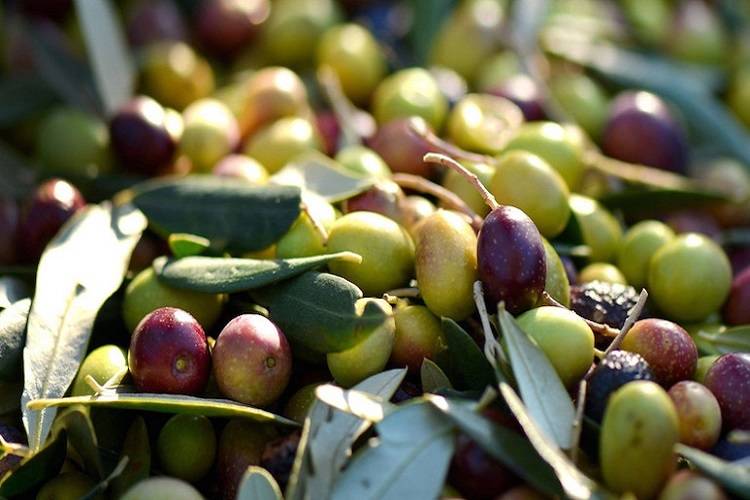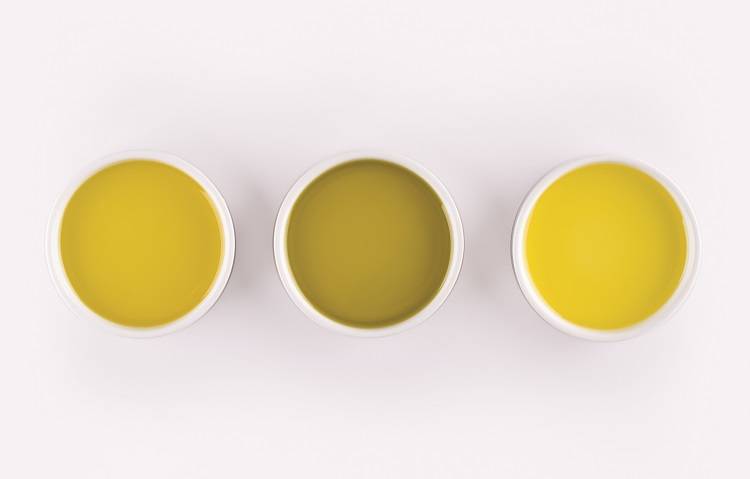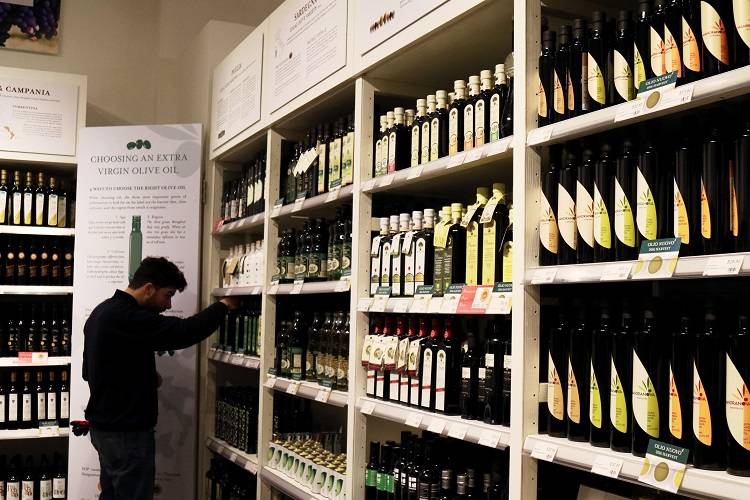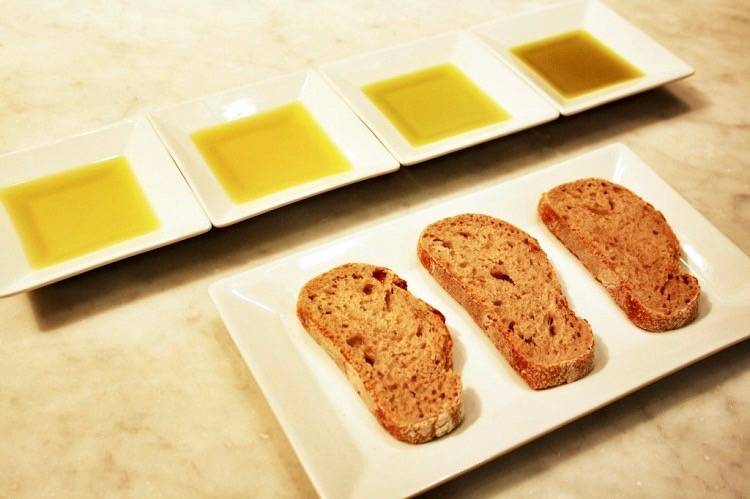The Perfect Olive Oil
At Eataly, we offer more than 100 extra virgin olive oils from Italy. While you can rest assured that each bottle has carefully undergone a rigorous test of quality by our team of Italian food experts, we'll be the first to admit that our vast selection can be a little intimidating!
1. HARVEST
The first thing to look for is the harvest date on the label of the bottle. Olive oil does not get better with age, so you should aim to use it within 2 to 3 years after the harvest date. Of course, the closer you can buy it to the harvest date, the stronger the flavors will while olive oil that has "aged" too much will begin to taste rancid. Some bottles will list the harvest date, while others will list a "best if used by" date. Regardless of the harvest date, you should use an olive oil within 3-5 months after opening, as repeated exposure to oxygen will begin to reduce the quality of the flavor.
2. REGION
The olives grown throughout Italy vary greatly. Where an olive tree grows also has a tremendous influence on how an olive oil will taste due to different cultivars, climates, soil, and time of harvest.
In Northern Italy (typically Liguria and Lombardia), the olive oil is a delicate, smooth, and buttery with very light notes of flowers (think: chamomile). It is great on light dishes like fish or risotto and perfect for serving with bread.
In central Italy, such as the regions of Toscana, Umbria, Marche, Campania, and the island of Sardegna, olive oil tends to be very herbaceous, grassy, and has a peppery – sometimes even spicy – finish. It’s equally great for serving with bread, bruschetta, pasta, salads, and steaks.
In the regions of southern Italy (i.e. Abruzzo, Puglia, Sicilia, Calabria, and Basilicata), olive oil typically has a strong flavor with a full-bodied, intense aroma and a rich spicy ending. This type is great for serving with bread, fish, salads, and pasta. Remember, these descriptions are broad and general; every olive oil has a unique story (cultivar, method of harvesting, production, and soil) that results in vastly different flavor profiles, even in the same area!
Northern Italy: Buttery, mellow, soft, delicate, nutty
Central Italy: Grassy, herbaceous, pungent, peppery
Southern Italy: Fruity, robust, zesty, vibrant
3. CULTIVAR
Like the grape varieties of wine, different olive varieties, or cultivars, have unique characteristics in their taste color, aroma, and texture. Understanding the olive cultivar used to produce the olive oil will give you great insight into how it is going to taste.
4. FILTERED OR UNFILTERED?
During the process of making olive oil, there is an optional step of filtration which removes olive particles suspended in the oil (remember, olive oil is a juice!). Some producers choose to filter their olive oil, while others don't. It's simply a matter of preference and does not affect the quality of the oil. Unfiltered olive oil may have tiny particles of olive inside, appear cloudy, and is likely to have sediments at the bottom of the bottle. It contains more polyphenols contributing to a more intense and fresher flavor at the beginning, especially during the first two months after opening. Since the olive particles accelerate the oxidation of the olive oil, unfiltered oil has a shorter shelf life. On the other hand, filtered olive oil will be more transparent and slightly less intense, but it will have a longer shelf life.
5. PERSONAL TASTE
Each olive oil is completely unique. We encourage you to smell and taste our oils to determine how you’ll best enjoy it at home. Our rule: eat what you like!





































i-Italy
Facebook
Google+
This work may not be reproduced, in whole or in part, without prior written permission.
Questo lavoro non può essere riprodotto, in tutto o in parte, senza permesso scritto.